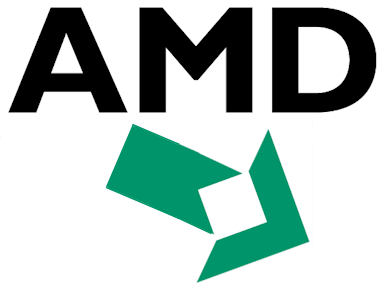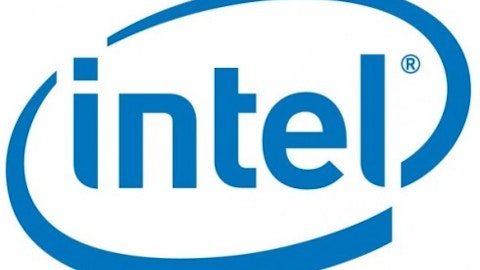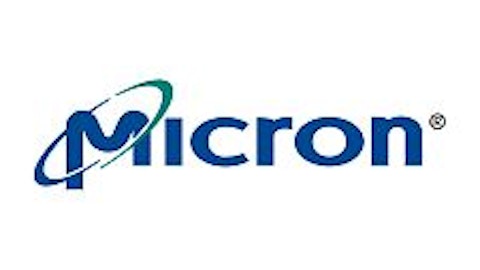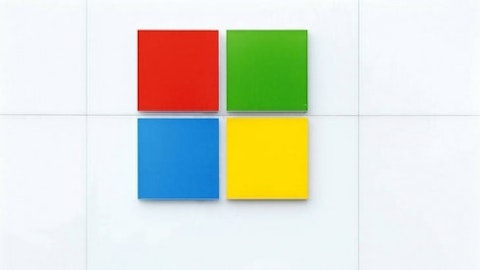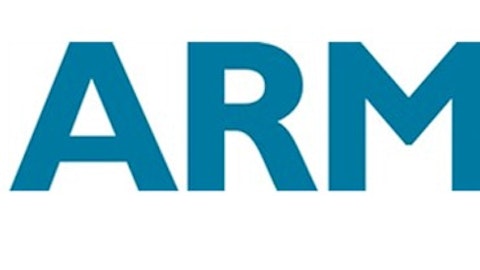A phoenix regenerates from its ashes, and the myths have a new young phoenix born or a phoenix that is just younger and in its prime. A zombie is just a moving carcass. It is possible for companies to be one of these types of resurrections. The phoenix reinvents itself as a more powerful company able to compete and survive in the current era. A zombie eats the brains of others, but nothing will bring it back to top condition so it will leave a wave of destruction in its path.
Jaguar core
Advanced Micro Devices, Inc. (NYSE:AMD)’s Jaguar core is in the limelight right now. This is an x86-based core that is low power and has a high enough performance to sweep the next generation consoles. Jaguar can be considered a shot at Intel Corporation (NASDAQ:INTC)‘s Atom cores and a mild rebuke of ARM Holdings plc (ADR) (NASDAQ:ARMH). At the same time, Advanced Micro Devices, Inc. (NYSE:AMD) is designing a SoC utilizing ARM Holdings plc (ADR) (NASDAQ:ARMH)’s next cortex core.
Cores based on x86 are not supposed to have high performance and low power requirements, because that is ARM Holdings plc (ADR) (NASDAQ:ARMH)’s strength. ARM was always a bit to expensive even if the future looks great. Licensing the instruction set was a limited business at best, and it seemed like ARM will have diminishing returns, proportionally, as the mobile market gets bigger and bigger.
At the same time, it is facing threats from Intel Corporation (NASDAQ:INTC), and now AMD, trying to make x86 processors that can fill similar roles. If you are wondering why consoles that have a connection to the power grid need to be low power, they do not. The PlayStation 4 will have a special 8 core processor, while standard Jaguar processors have up to 4 cores.
Resurgence of x86
The advent of low-power x86 processors is important for all the companies involved. The x86 architecture is Intel Corporation (NASDAQ:INTC)’s mainstay. A low power core could help it break into the new computing segment that is opening up between tablets and notebooks. Tablets are no longer the luxury novelty, and their widespread uptake has created the need for better tablets that allow for more flexibility. A locked down tablet that cannot perform the tasks the user requires it not going to work. Tablets need to be able to run all kinds of applications, including ones not designed for tablets, and offer a high level of productivity.
When buying my Nexus tablet, I looked at the new Windows 8 tablets. As much as people dislike Windows, the Surface tablet is beautiful. I loved the cover/keyboard, and the general look and feel of it. The Windows RT is just a sideshow and will not be the deciding factor. The surface is the first full-productivity oriented tablet, and there is no barrier between a notebook and tablet.
What this means for Intel is that there are a class of tablets coming that will need x86 processors. AMD is looking to get there first with a great low-power core, and Jaguar is better than the Atom. It needs to be first, because it needs to carve out its share before Intel comes in and wins the rest.
Intel will have its own alternative, and it will be the majority in that segment of the market. This is why AMD’s strategy of going after non-traditional spots like consoles is a good one. It might be lower margin, but AMD needs to stop fighting Intel head-to-head because it cannot win. Instead, it needs to focus on itself and win all the business it can, and avoid Intel when there is little hope of coming out with a profit.
Previous winner has most to lose
This means that ARM will be losing a portion of the tablets that it currently has through licensees or customers incorporating their cores. For any tablet where usability and functionality outweigh the importance of pure portability, an x86 core will be better. ARM’s dominance in phones will continue, but it might no longer be a part of the entire mobile and tablet space. Tablets and phablets can move to x86 processors in order to offer more flexibility and features, with the latter being less likely.
This change would normally not be a problem since smartphones are a growing field as well. However, ARM is valued very highly, and losing an entire segment of the market to x86 would weigh on the valuation. It has a PE of 84, but competition is heating up and the needs of the market are changing. I was hesitant at a PE in the 70s, but still thought it might be worth grabbing some since ARM was so important to mobile. Now, I think ARM should be avoided as the market changes, and after everything is done moving you can re-evaluate.
Conclusion
AMD has massive potential in the future, but it is still a speculative investment. That requires a more controlled position that is monitored closely. The next earnings report will be very important as positive results are expected. Having a miss could do a lot of damage to the stock. Intel is paving its own way, and it could gain traction in anything it jumps into. The company is not in critical condition, and has the power to make a big splash in anything they do.
It is still worth consideration, though now that the price has gone up a bit, I would actually go smaller in however I decided to trade it. ARM is a good company, but a bad stock in my opinion. I think it is just flying too high, and with new competition in certain parts, the stock looks weak even if the company is fine.
Nihar Patel has no position in any stocks mentioned. The Motley Fool recommends Intel. The Motley Fool owns shares of Intel. Nihar is a member of The Motley Fool Blog Network — entries represent the personal opinion of the blogger and are not formally edited.
The article AMD Is a Phoenix and Not a Zombie, Probably originally appeared on Fool.com is written by Nihar Patel.
Copyright © 1995 – 2013 The Motley Fool, LLC. All rights reserved. The Motley Fool has a disclosure policy.
